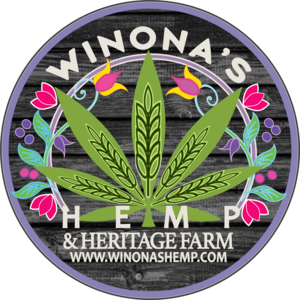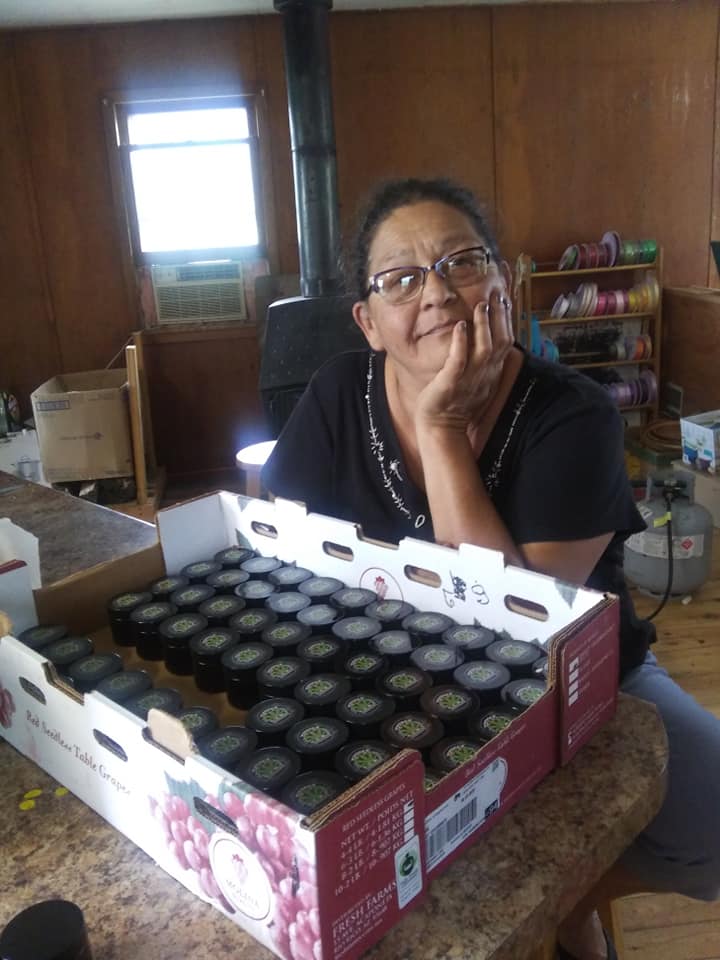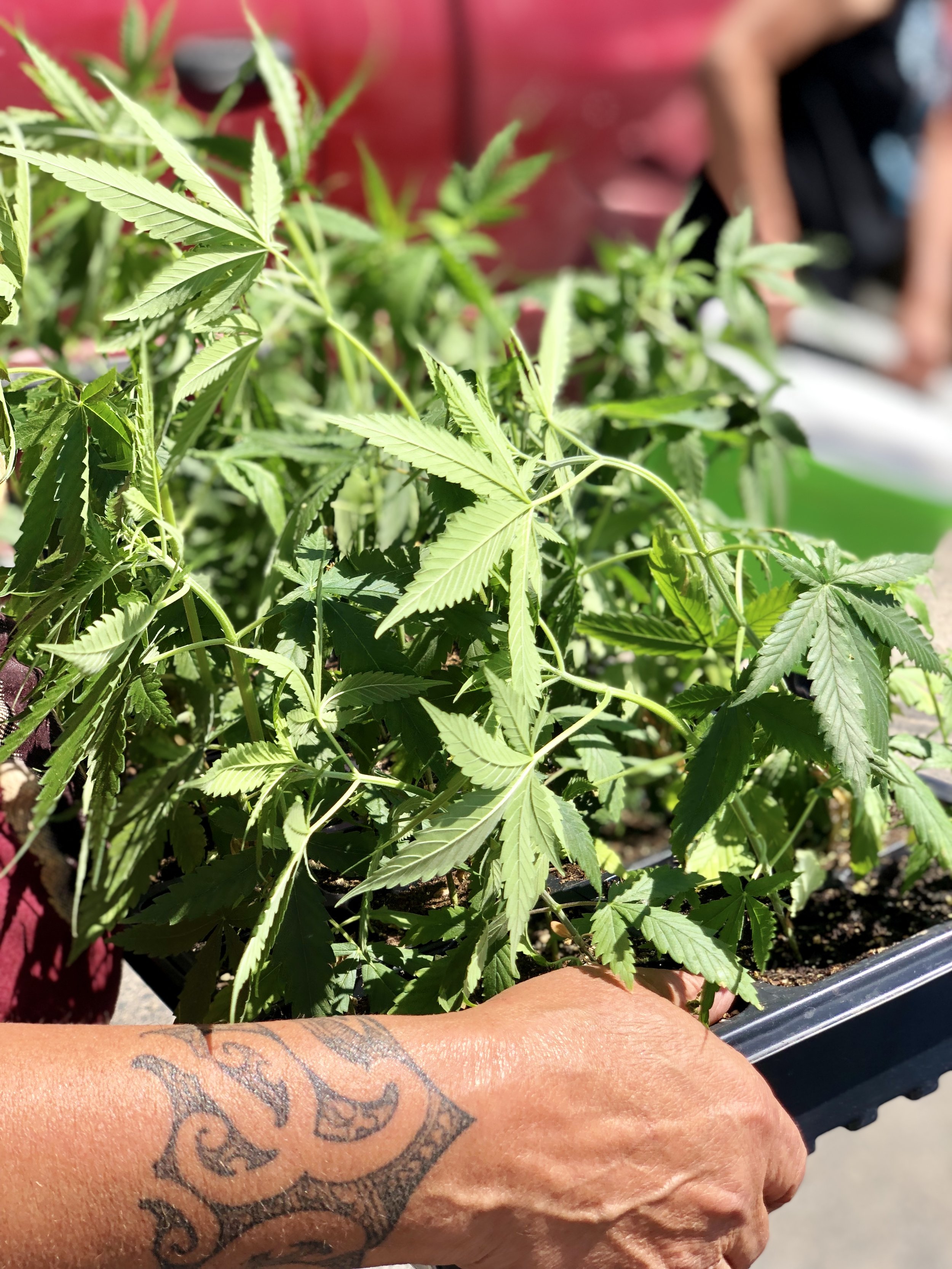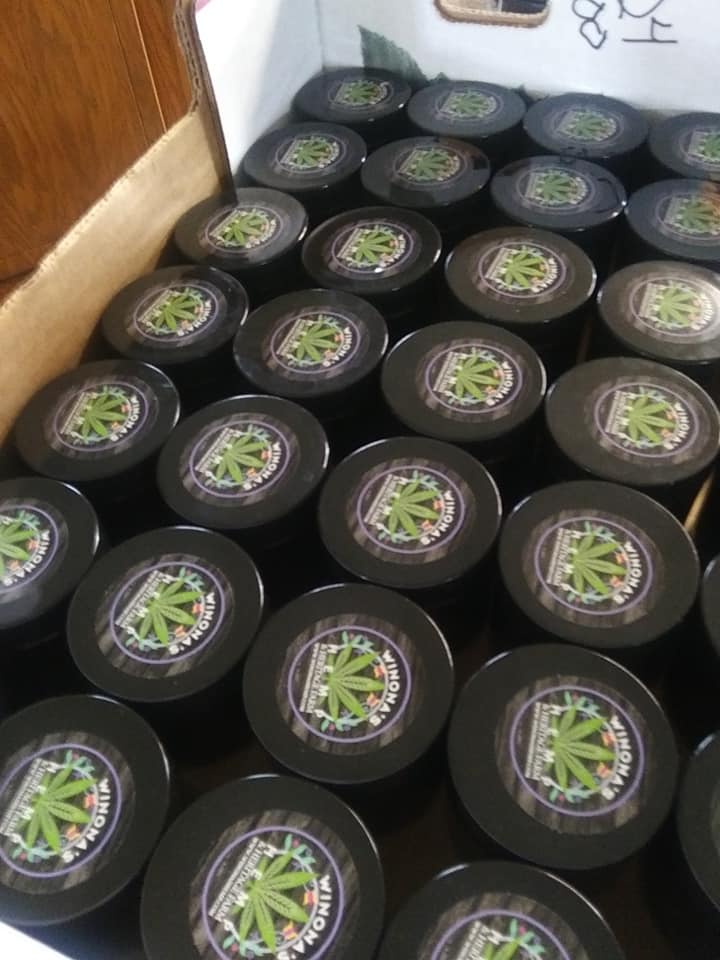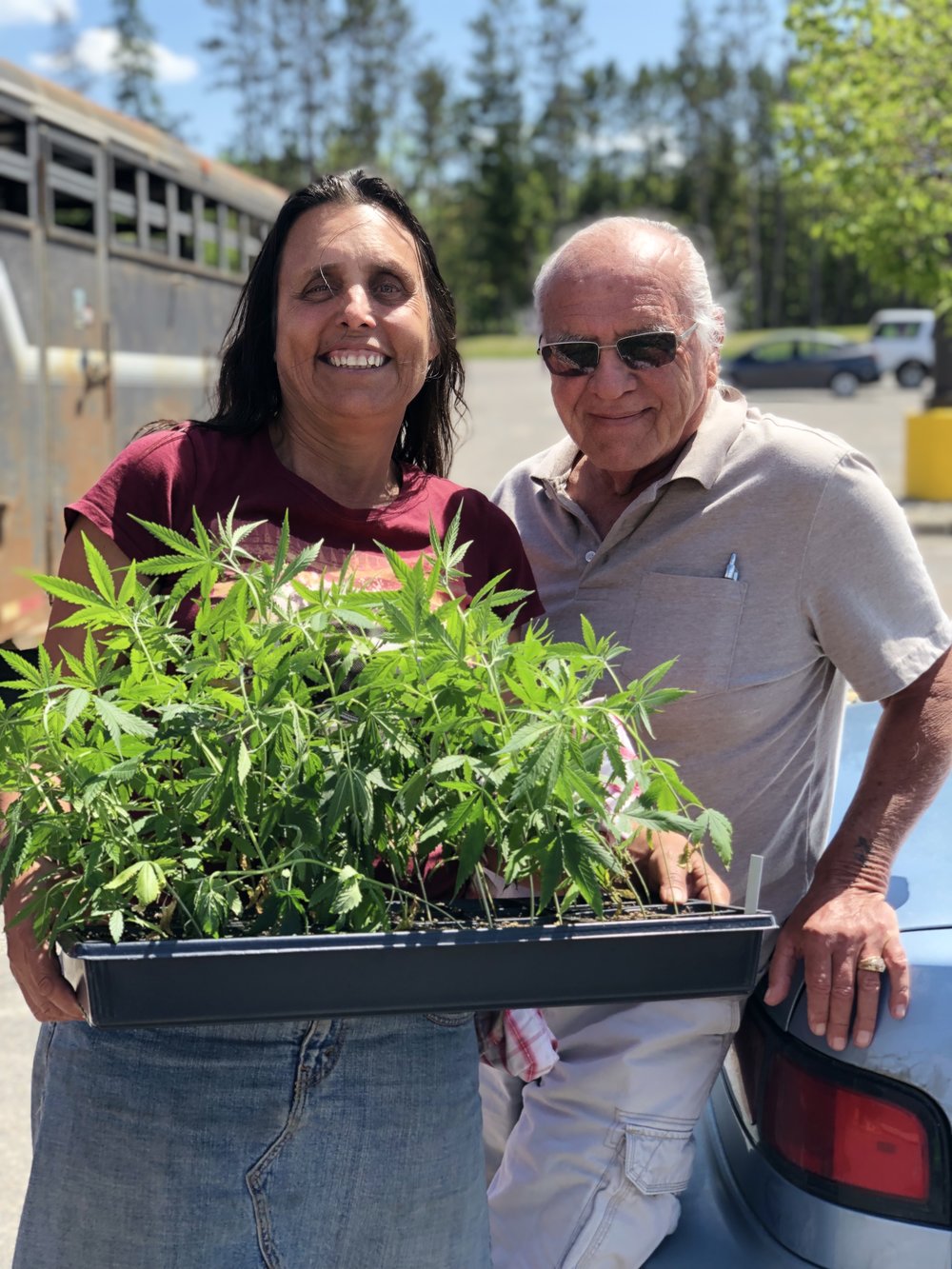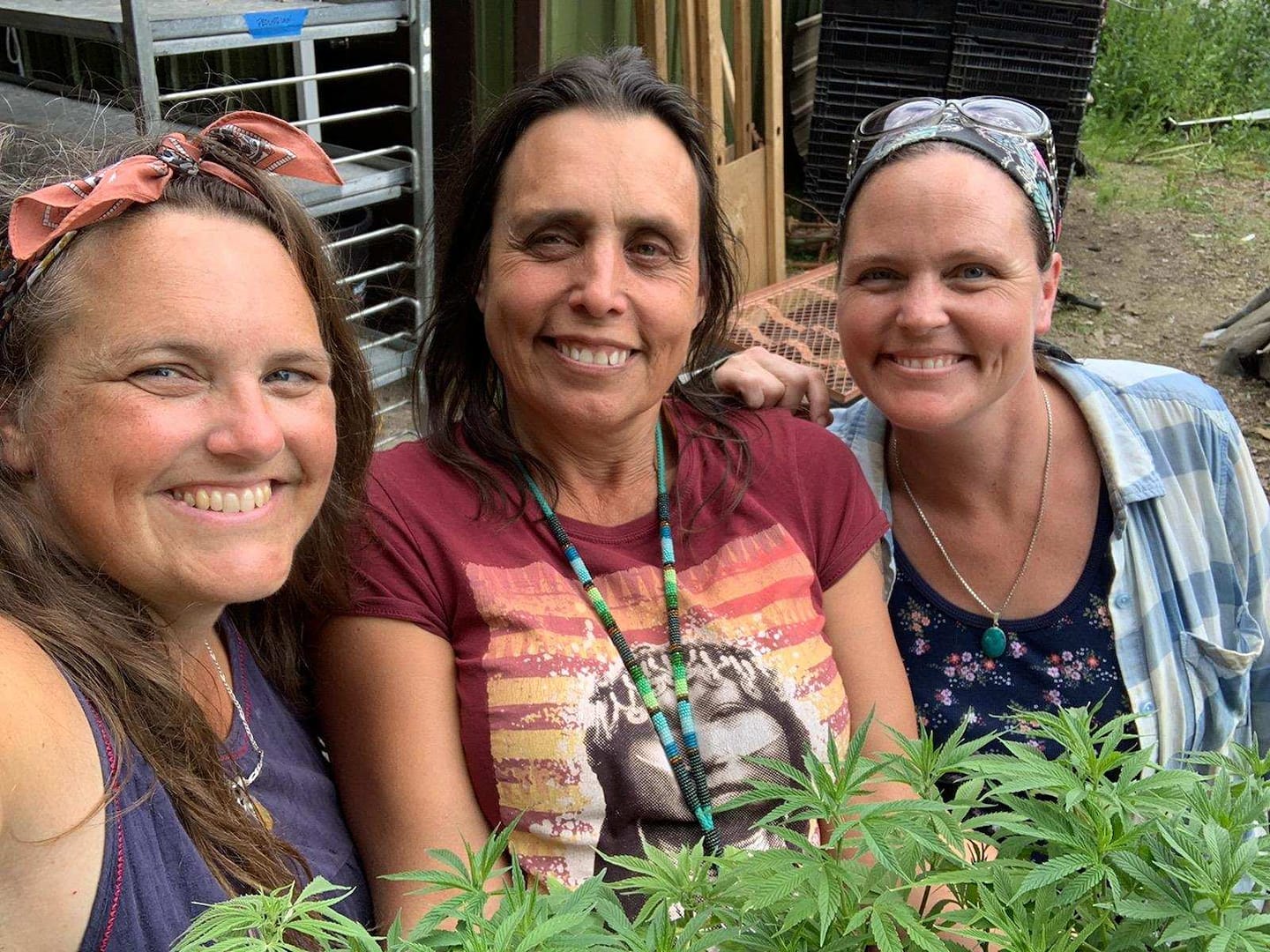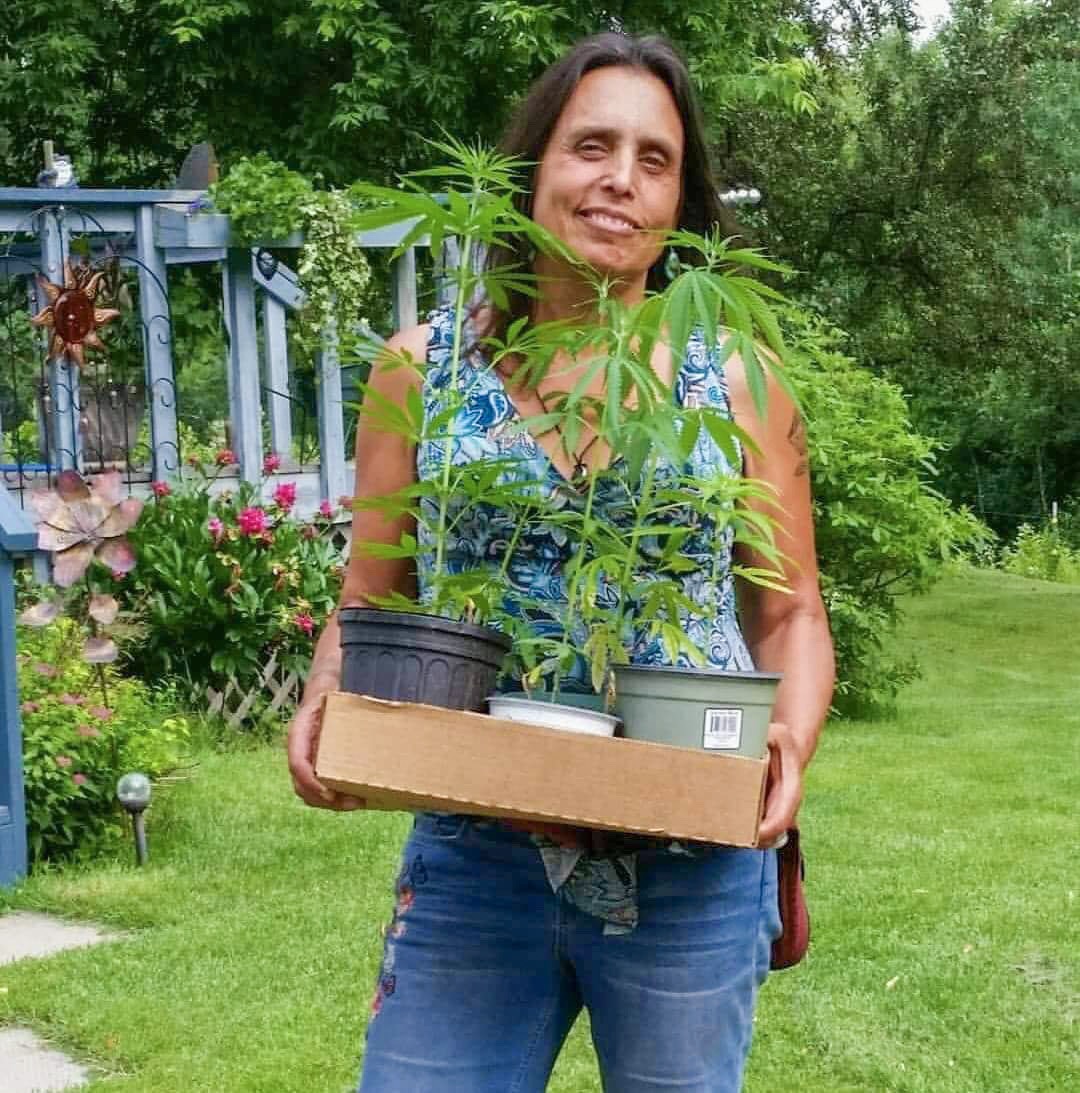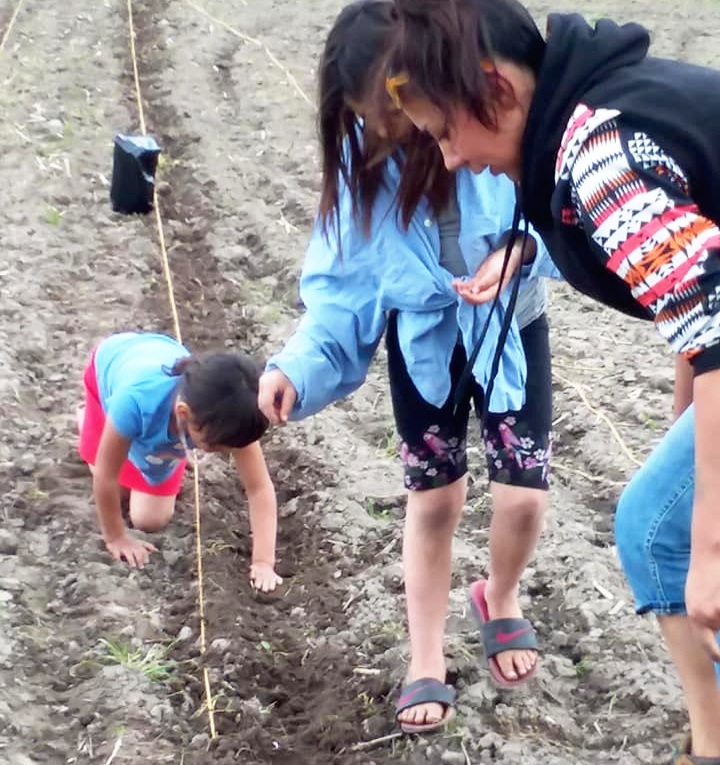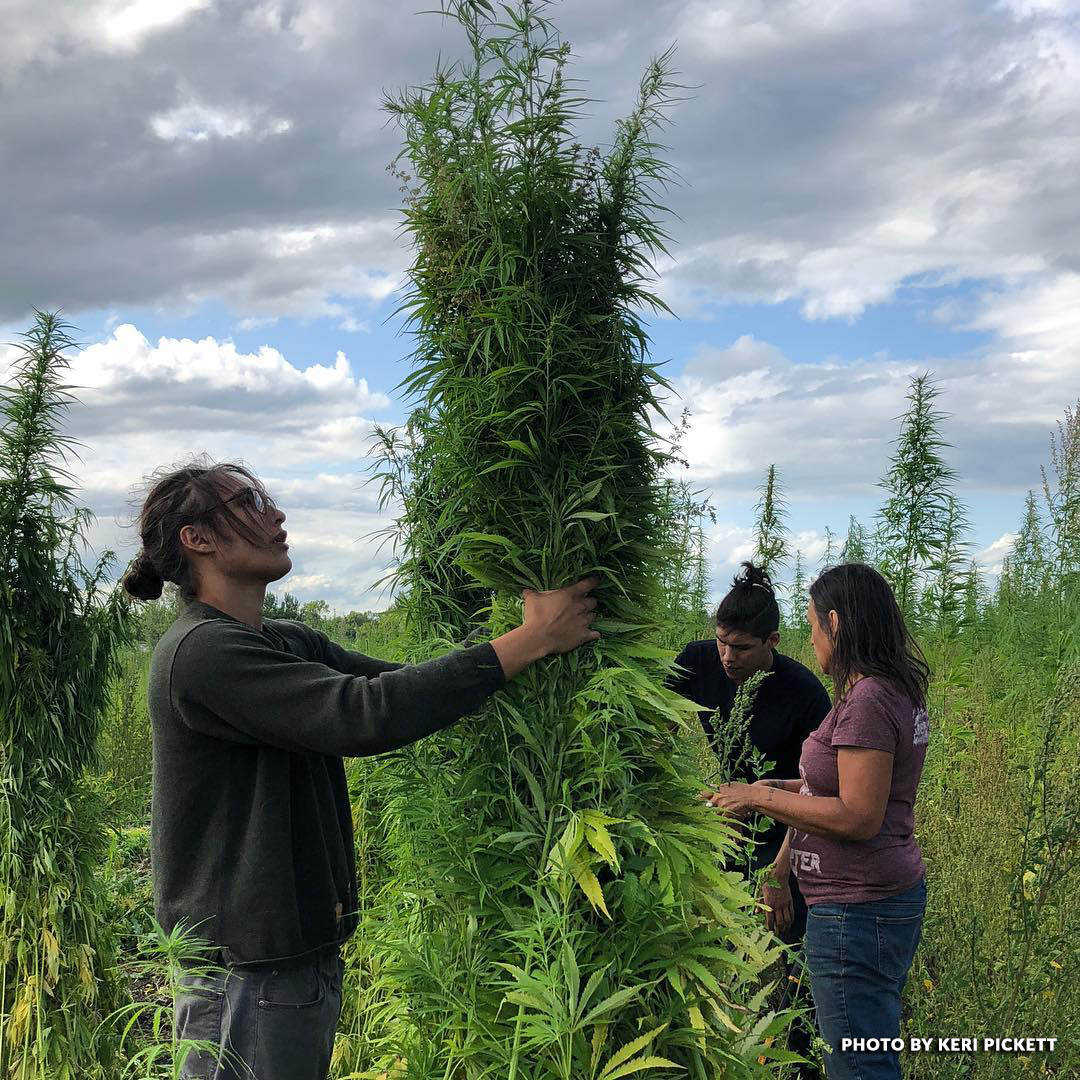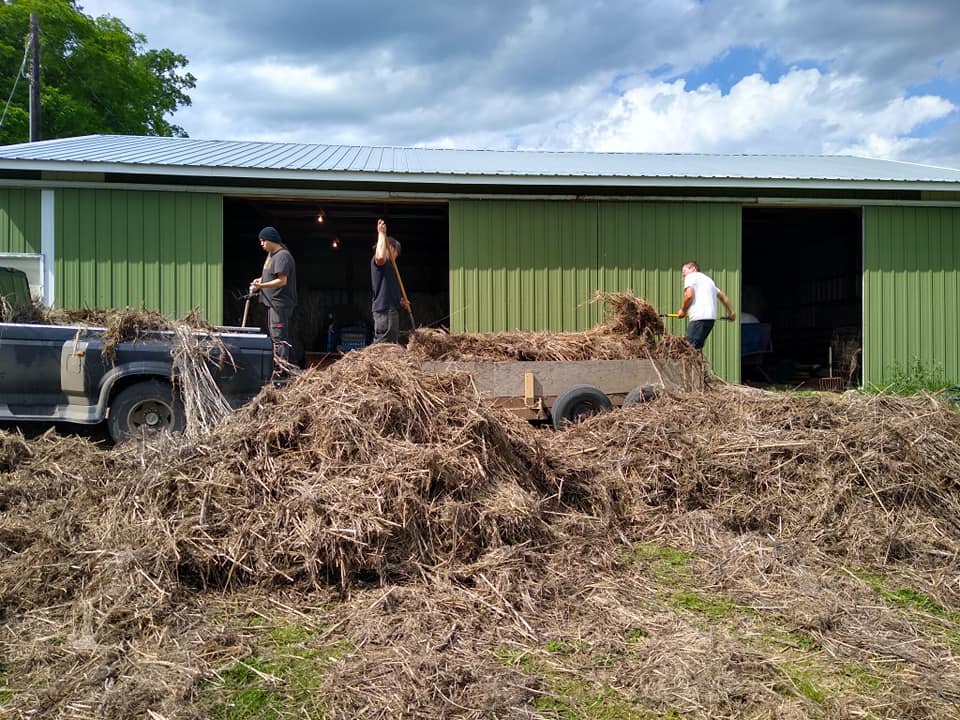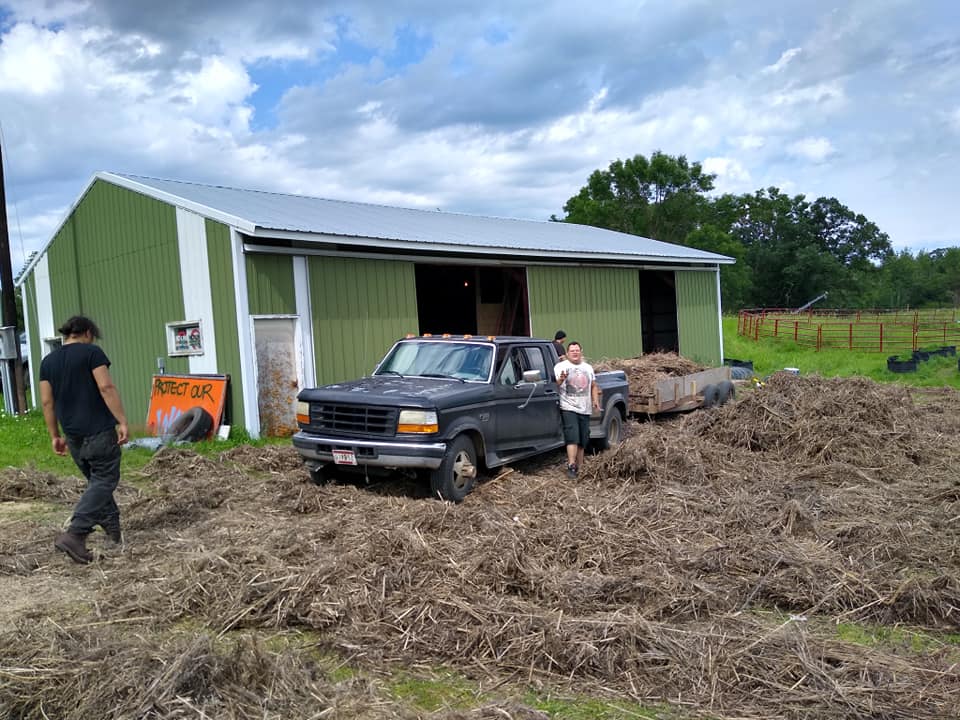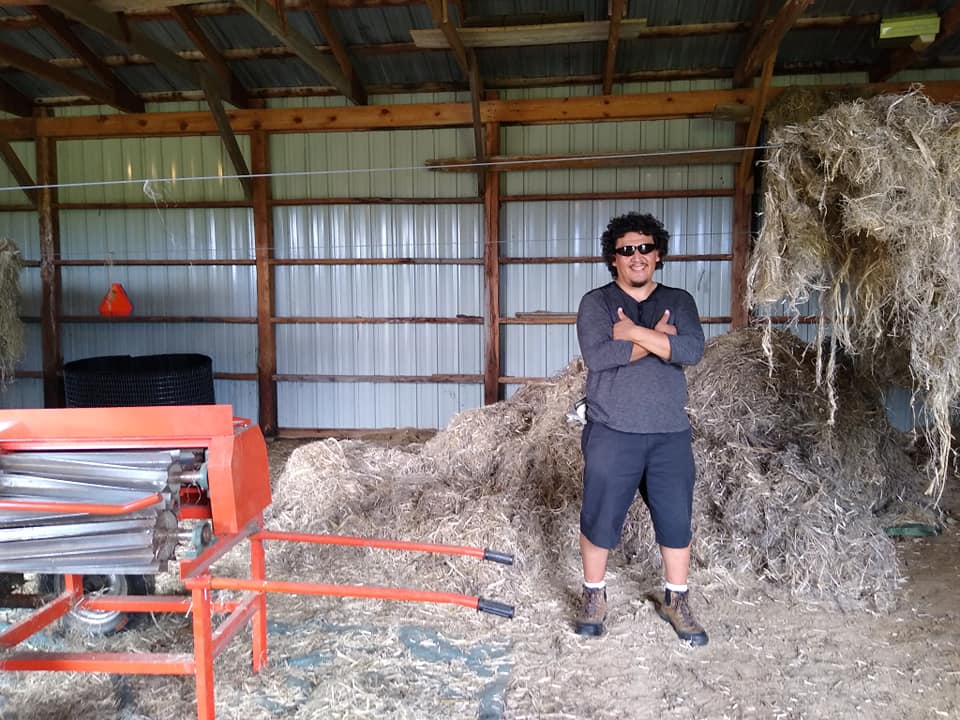““They buried us. They forgot that we were seeds.“ ”
PHOTO BY ANNE HEALY
Dear friends,
Winona’s Hemp and Heritage Farm is growing. The winter seemed endless for us here in Northern Minnesota, temperatures ranged far, and the storms were brutal. We are grateful for the warmth of this time.
Spring is here, summer now, and the crops are in. More are coming. Cannabis, or hemp is one of many crops we grow here, to produce cordage, and soon textiles.
This year, we are growing fifty female CBD plants, all to offer food, textiles and health products. We also grow corn, beans, squash, potatoes, tobacco and a host of garden vegetables. We are interested in growing food for future generations- Indigenous foods, biodiverse foods, and foods in a time of climate change.
We learn from our work. That’s to say, we’ve grown traditional crop varieties for almost twenty years. As a young woman, my father, Sun Bear, or Vincent LaDuke told me that he did not want to hear my philosophy if I could not grow corn.
So it is that we grow corn. And more. There were once 8000 varieties of corn, and well over 900 varieties of potatoes in the western Hemisphere. We like the purple potatoes; they are high in some nutrients, and antioxidants and they taste good. We want to grow nutritious foods; the future will not be hot Cheetos.
We want to grow food that is pre-petroleum and post-petroleum. The future is organic, it’s green and it’s local.
Each year, we grow varieties that originate from our region. This year the Arikara squash and bean varieties are coming in strong, and we have our fingers crossed on the corn. We have had a very tough spring; most farmers have struggled in our area, and our plants were started late. In other places , torrential rains took out wild rice lakes, and hail stormed into gardens.
We all will have to learn to grow in the times ahead- the climate is changing. We will still have to eat. That’s also our work.
We are Growing Farmers
This territory- Omaa Akiing-- has a renaissance of Indigenous and organic farmers. The seeds are returning to our communities, and with them, more farmers are needed, people who love the plant relatives. We need to teach how to grow our plants, not in the ways of Monsanto, not in the ways taught in most universities, but in the ways of our ancestors, and in the organic tradition.
Winona’s Hemp with our new sister organization Anishinaabe Agriculture Institute, is raising youth farmers. From the seed to the horse farming, we are preparing the next generation of Native farmers. Last year, we sold some food at our roadside stand, and offered much for community feasts. We also shared our food with chefs regionally, Sean Sherman, the Sioux Chef is one of many who has enjoyed our produce.
Across this territory, there are Anishinaabe farmers remembering these traditional ways, and we are rematriating seeds. There are organizations like Dream of Wild Health and the Red Lake Food Sovereignty Project where Indigenous farming knowledge is growing. That’s our work and interest as well. We want to relearn and remember our varieties of these magical foods, and adapt foods and technologies for the times ahead.
“Here’s some questions- should we grow our tomatoes in high tunnels, and how many earthen greenhouses do you need for a village?”
We are Growing Hemp
Sadly, our tribal government decided to not move ahead with hemp in 2019, so we have continued with our state of Minnesota permit. This is our fourth year of growing hemp , and we are proud of our hard work. And grateful.
With your support, we were able to purchase a farm just off reservation and grow our hemp there.
That’s here in Osage, Minnesota. This is also our territory- the l855 treaty territory. We are grateful to you for your support in buying the farm, and we are growing more, adding more land into our work, land which is moving towards organic, land which will feed and clothe our people and many more.
We are researching, restoring and learning to share with many people, and many tribes. We’ve decordicated last years hemp crop, and just purchased a rope making machine- which is coming in, from, (you guessed it) China. That’s the place, where the hemp textile industry thrives. For the upcoming months, we are going to work with last years crop to make high quality rope, and continue our work towards making thread.
We want to bring that economy; the textile economy back here to North America. Now that our crops are in, we are continuing our work to build that hemp economy. We plan to offer more food products by the winter- hemp pasta, created with the North Dakota State University food sciences team, and more health products. Most of all, we are focused on building a fiber mill- that’s a thread mill. We have to take our decordicated hemp, degum it, and then begin the intricate process of hackling (combing), carding to create a roving, and then spin that into thread. That’s our goal, to make thread. To make fabric you have to make thread.
Big companies like Levis and Patagonia are using hemp - all made in China, smaller companies are interested in hemp and in canvas. We see the future, and we will grow it. We want to bring that economy; the textile economy back here to North America.
Minnesota used to have eleven hemp mills. That’s a home grown textile industry. The word canvas originates from cannabis. Hemp is the plant of the past, and it is the plant of the future. Hemp is one of the antidotes to the petroleum age. Hemp is part of how we are going to withdraw from our fossil fuel addiction. Now’s the time.
We want to be at the table in the next economy, that’s the green economy. We want to help create the menu and serve the food.
Join us.
Miigwech
Winona LaDuke,
WINONA HEMP & HERITAGE FARM
